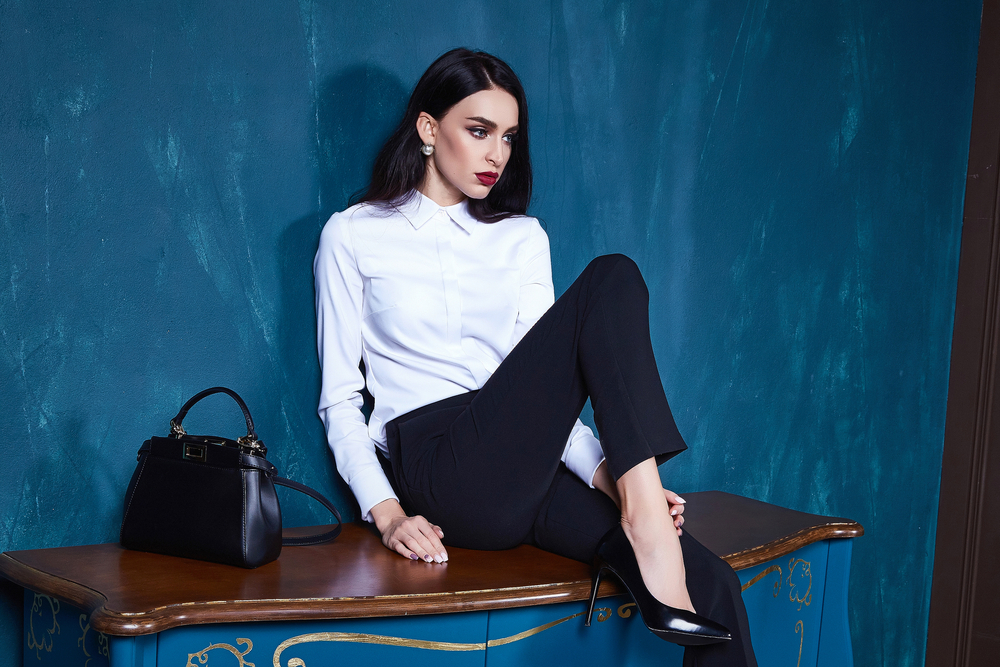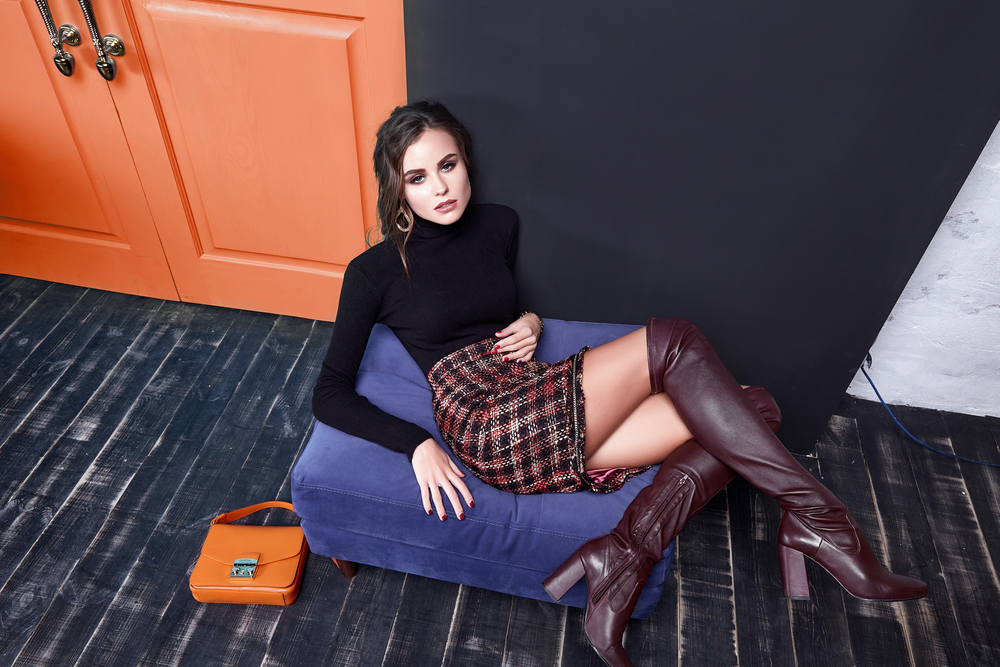
The Art and Science of Modeling: Unlocking the Secrets of the Fashion Industry in Photoshoots

Have you ever wondered how fashion models effortlessly strike a pose that captures your attention and leaves you in awe? Behind every glamorous photoshoot lies the art and science of modelling that unlocks the secrets of the fashion industry. In this article, we will explore the intricate world of modeling , delving into the skills, techniques, and dedication required to create captivating images that inspire and define style.
Introduction to Modeling: More Than Just Posing
Contrary to popular belief, modeling is not just about standing in front of a camera and looking pretty. It is an art form that requires a unique combination of skills and qualities. Models are not merely a blank canvas but rather individuals who bring their personality, presence, and interpretation to the fashion world.
Models also serve as the crucial connection between designers, brands, and the public. Their job is to tell a story through their poses, facial expressions, and body language. They must convey the essence of a garment, making it desirable and aspirational to consumers. Ultimately, they are the conduits of fashion's message.
The Technicalities: Fashion Photography and Modeling
Fashion photography and modeling go hand in hand, each depending on the other to create impactful visuals. While the photographer holds the responsibility of capturing the perfect shot, the model's role is equally vital. Their mastery of movement, angles, and expressions can enhance or hinder the photographer's vision.
Before stepping onto a photoshoot, models invest time in studying and familiarizing themselves with various poses, body language, and facial expressions that complement the fashion or concept being portrayed. They work closely with photographers, stylists, and makeup artists to ensure a seamless collaboration that brings the designer's vision to life.
Understanding the Connection: Fashion and Art
Modeling is an integral part of the art of fashion. It is a visual representation of creativity, self-expression, and individual interpretation. Models have the power to transform a piece of fabric into a work of art through their body language, capturing the essence of the designer's vision.
Models are not mere mannequins; they embody the personality and style of the brand they represent. They serve as a canvas upon which designers paint their artistic vision. Every curve, movement, and gaze breathe life into the garments, allowing the audience to witness fashion artistry in action.
The Business of Modeling: Striking the Right Pose
While models exude grace and elegance in front of the camera, their work extends far beyond the photoshoot itself. The modeling industry is a complex and competitive terrain that demands not only beauty but also resilience, determination, and adaptability.
Models must maintain impeccable physical condition, constantly working on their physique, posture, and presentation. They often adhere to strict workout routines, follow specialized diets, and prioritize self-care to meet the industry's demands. Additionally, they need to be versatile, accommodating different styles, trends, and concepts.
Frequently Asked Questions
Q1. How do models prepare for a photoshoot?
Models prepare for a photoshoot by studying poses, body language, and facial expressions that align with the concept and style of the shoot. They collaborate with photographers, stylists, and makeup artists to ensure a cohesive vision.
Q2. What qualities make a successful model?
Successful models possess qualities such as versatility, adaptability, resilience, and determination. They must also have good posture, the ability to take direction, and a strong presence in front of the camera.
Q3. Is there a specific age limit for models?
There is no specific age limit for models, as the industry embraces diversity and caters to various age groups. While the majority of models are younger, there is a growing demand for mature models in the fashion industry.
Q4. How are models chosen for specific fashion campaigns?
Models are chosen for specific fashion campaigns based on various factors, including their look, ability to embody the brand's image, versatility, and their relevance to the target audience. Casting directors and designers play a significant role in the selection process.
Q5. Can anyone become a model?
While the modeling industry values diversity, not everyone fits the traditional mold. However, there are various types of modeling, such as commercial, plus-size, and niche, which provide opportunities for individuals with unique looks and characteristics.
In conclusion, modeling is not just about capturing a moment in front of the camera; it is an art form that combines creativity, technique, and dedication. Models are the embodiment of fashion, breathing life into garments and conveying the designer's vision to the world. Their ability to strike the perfect pose and capture the essence of a brand is what unlocks the secrets of the fashion industry in every photoshoot.
Other useful resources
- https://www.planetmodelphoto.com/models/modeling/usa/charlotte/nc-north-carolina
- https://blog.planetmodelphoto.com
- https://en.wikipedia.org/wiki/Category:Modeling_(profession)